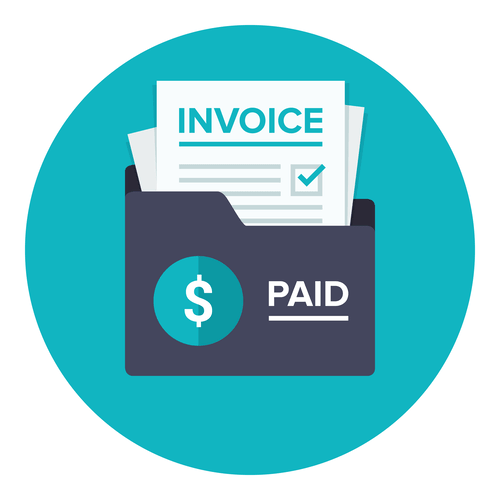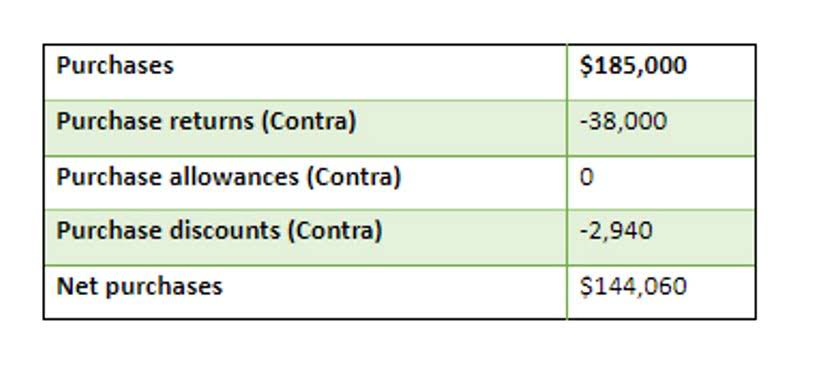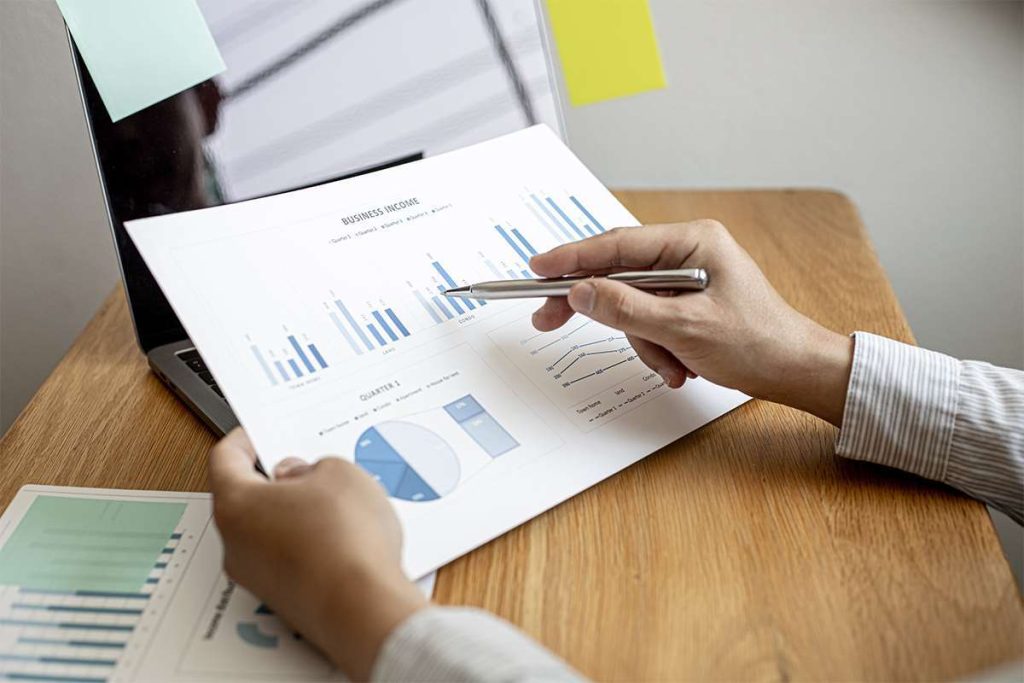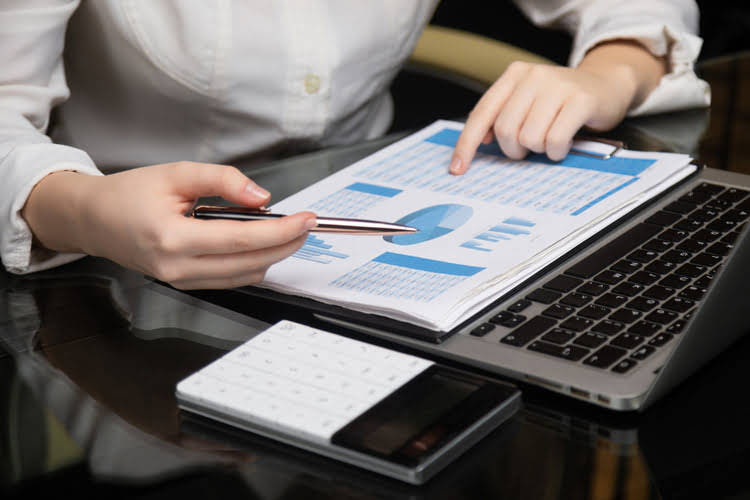
Property, plant, and equipment (fixed assets or operating assets) compose more than one-half of total assets in many corporations. These resources are necessary for the companies to operate and ultimately make a profit. It is the efficient use of these resources that in many cases determines the amount of profit corporations will earn. They are reported at their book value at the end of the accounting period in different categories based on nature, their use, and the depreciation rate. Ultimately, plant asset management is about creating a culture of efficiency and continuous improvement. As businesses face pressure to maximize output while minimizing costs, adopting a robust plant asset management strategy becomes essential for long-term success and sustainability.
Depreciation/Amortization Expense

We can supply a range of specialised oils and lubricants to suit all manner of machine parts. In this case, the company needs to record in the income statement any amount of gain or loss resulting from the disposal of the PPE. If debt has been used to purchase the plant asset, then the cash flow statement would also show the regular payments towards that debt too.
- This chapter establishes the Department of Veterans Affairs’ (VA) financial policies regarding general property, plant, and equipment (PP&E).
- Property, plant, and equipment basically includes any of a company’s long-term, fixed assets.
- When we know exactly when your equipment may start to show signs of reduced performance or excessive wear, we can pre-emptively step in and make sure that everything is working as it should be.
- The entity shall recognise the cumulative effect of initially applying the amendments as an adjustment to the opening balance of retained earnings (or other component of equity, as appropriate) at the beginning of that earliest period presented.
- For this period, the depreciation expense for all old and new equipment is $150,000.
- The depreciable amount of an asset shall be allocated on a systematic basis over its useful life.
Track and maintain your assets to keep operations running smoothly.
- If payment is deferred beyond normal credit terms, the difference between the cash price equivalent and the total payment is recognised as interest over the period of credit unless such interest is capitalised in accordance with IAS 23.
- At a minimum, the information will include the type of project (building, improvement to land, other real property, etc.), the amount to be capitalized, date placed in service, and useful life.
- Impairment of assets takes place when the carrying value of the property or the asset is more than the fair value.
- Disclosure about such judgements might therefore be needed in accordance with paragraph 122 of IAS 1 Presentation of Financial Statements.
- The depreciable amount of an asset is determined after deducting its residual value.
- They are used for manufacturing and selling the goods and services of the company.
For example, in a manufacturing Financial Forecasting For Startups company, the machines used to create products are plant assets because they enable the core function of production. Even office equipment like computers or printers can qualify as plant assets, as they contribute to internal operations that support revenue generation. Plant assets are not intended for resale; they are acquired and maintained to support operational needs consistently. The revaluation surplus included in equity in respect of an item of property, plant and equipment may be transferred directly to retained earnings when the asset is derecognised.
- Businesses own numerous assets, including real estate, vehicles, machinery, and intellectual property.
- Often, a combination of valuation methods will provide the most accurate assessment of an asset’s current value.
- Recording PP&E begins with the actual cost of an asset and then adds the cost of any improvements or additions made to it over time.
- For replacements, the old cost of the asset is written off from the company’s books and the cost of the new replacement is recorded/recognized.
PP&E (Property, Plant and Equipment)

The choice of depreciation method depends on factors like the asset’s expected usage pattern, industry standards, and financial reporting requirements. For example, assets with higher initial usage may benefit from accelerated depreciation methods like the declining balance method. Typical assets that are included in property, plant and equipment are land, buildings, machinery, equipment, vehicles, furniture, fixtures, office equipment, etc. which are used in the business. Also included in this balance sheet classification is a subtraction of the accumulated depreciation that pertains to these assets.
BUS103: Introduction to Financial Accounting
Their value is not just in the initial purchase but in their ability to generate ongoing benefits for the business over many years. Property, plant and equipment (PPE) are the long-term tangible assets that are shown on the balance sheet of the company. The company recognizes an asset as an item of PPE when the asset has a useful life for more than one year and it is used for production or supply of goods or services, for rental to others, or for administrative purposes. Included are land, buildings, leasehold improvements, equipment, furniture, fixtures, delivery trucks, automobiles, etc. that are owned by the company. The proceeds from the sale of such assets shall be recognised as revenue in accordance with IFRS 15 Revenue from Contracts with Customers.
Intangible Assets

PP&E can be physically touched, unlike a patent or copyright, which is why they’re also referred to as fixed assets. PP&E can’t be quickly sold to raise cash in a financial crisis and QuickBooks is noncurrent in financial terms with a useful life of more than a year. For example, on January 15, 2021, the company ABC retires an office equipment item which is a plant asset that costs $10,000. In this case, the journal entry for the retirement of plant assets may result in the loss that needed to be recorded as an expense in the income statement.
Accounting

Calculating Net PP&E involves adding gross value and capital expenditures and subtracting accumulated depreciation. After four years, the accumulated depreciation of the truck was $32,000 and its net book value is $13,000. Below is a break down of subject weightings in the FMVA® financial analyst program. As you can see there is a heavy focus on financial modeling, finance, Excel, business valuation, budgeting/forecasting, PowerPoint presentations, accounting and business strategy.
All physical storage locations should be identified with both location number and the SKU number, whether they are located in the Stores or not. For example, large components which are stored in operating areas should be on racks or is equipment a plant asset in bins with both numbers, whether stock is managed by Stores people or others. The number on each rack is the equipment location number where each roll is used.